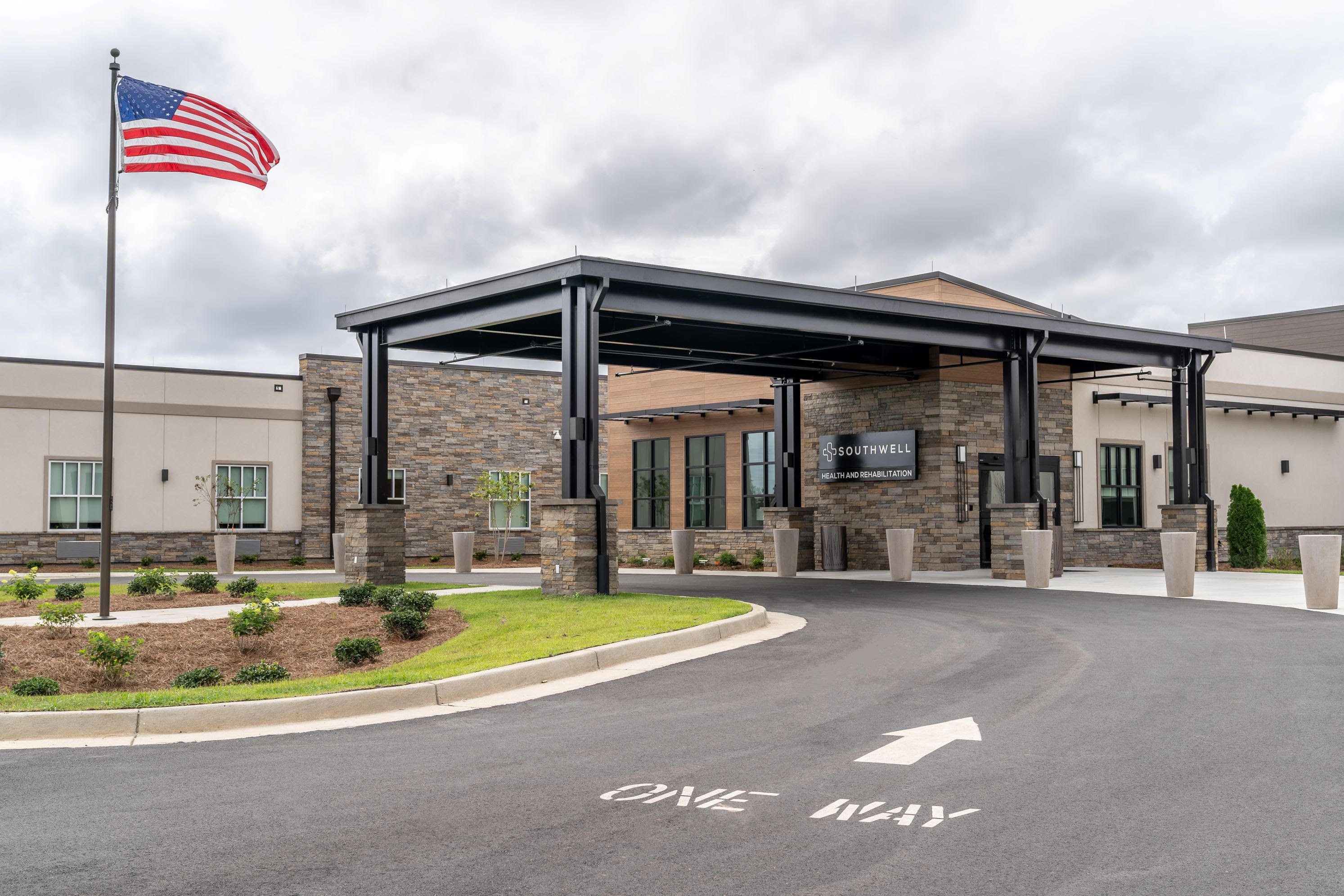Jake Price: Selecting and Growing Azaleas
Published 9:21 am Sunday, April 7, 2024

- Jake Price
Azaleas put on a fantastic flower display in Georgia every spring. Some of the prettiest azaleas I have ever seen in bloom were at the Augusta National Golf Course in Augusta, Georgia during the practice rounds. I recommend everyone go there at least once to see the landscaping whether you are a golf fan or not.
There are hundreds of varieties of azaleas on the market today. There are evergreen and deciduous azaleas. Most of the evergreen azaleas originate from Japan while many of the varieties are native to North America and Georgia.
The most popular group of azaleas grown in southern Georgia is the Southern Indian Hybrids. These azaleas can reach 10′ in height and come in a variety of colors. These are the larger azaleas that you see around town. Popular cultivars include ‘Formosa’ (magenta purple), ‘George Lindley Tabor’ (white and purple) and ‘Delaware Valley White.
Another popular group of azaleas are the Kurume Hybrids. These azaleas are lower growing to a height of 2-6 feet. The flowers on Kurume azaleas are small but cover the entire plant. Popular Kurume varieties are ‘Hinode Giri’ (red), ‘Coral Bells’ (pink), and ‘Snow’ (white).
One common native azalea blooming now is the Piedmont azalea, which has white to pinkish flowers. This shrub is common along rivers and grows to 15 feet. Some other native deciduous varieties you may find in southern Georgia are the Alabama Azalea (white with a yellow splotch), and the Florida azalea (orange).
Azaleas perform best in areas with partial shade. Azaleas tend to have fewer problems with an insect called the azalea lacebug and flower better and longer in partial shaded locations. Under filtered light of pines is excellent azalea habitat.
Spider mites can also be a problem during hot, dry periods. Be careful if you plant azaleas under shallow rooted trees such as elms and maples because they may deprive azaleas of water and nutrients.
Azaleas will not tolerate poorly drained soils and should be planted on raised beds when drainage is a concern. Poor drainage can lead to root diseases and poor growth. Along a house foundation or driveway is not the best place to plant azaleas. The pH in areas adjacent to concrete tends to be higher than azaleas prefer.
Azaleas will not grow well in alkaline or high pH soils. The best pH range for azaleas is 5.0-6.5 but they can grow, however slowly, at a pH as low as 3.0-5.0. A pH above 6.5 can lead to chlorosis or yellowing of the leaves caused by an iron deficiency.
Azaleas bought in containers often form mats of roots that should be broken up before planting. If you plant any plant with matted roots you limit the expansion of the root system and the water and nutrient uptake. Be sure to start with healthy plants that are compact and about 1 to 2 feet tall.
Allow azaleas to establish before fertilizing them. If planted in the fall, fertilize in early spring. If you plant in the spring, wait about 6 weeks before you fertilize. Prune azaleas after flowering because if you wait until after July you may remove some of next years flower buds. For more information on azaleas refer to this website:
https://secure.caes.uga.edu/extension/publications/files/pdf/B%20670_6.PDF and type in azaleas.
Jake Price
UGA Extension Agent/Coordinator, Lowndes County
2102 East Hill Avenue
Valdosta, GA 31601
229-333-5185
jprice@uga.edu





